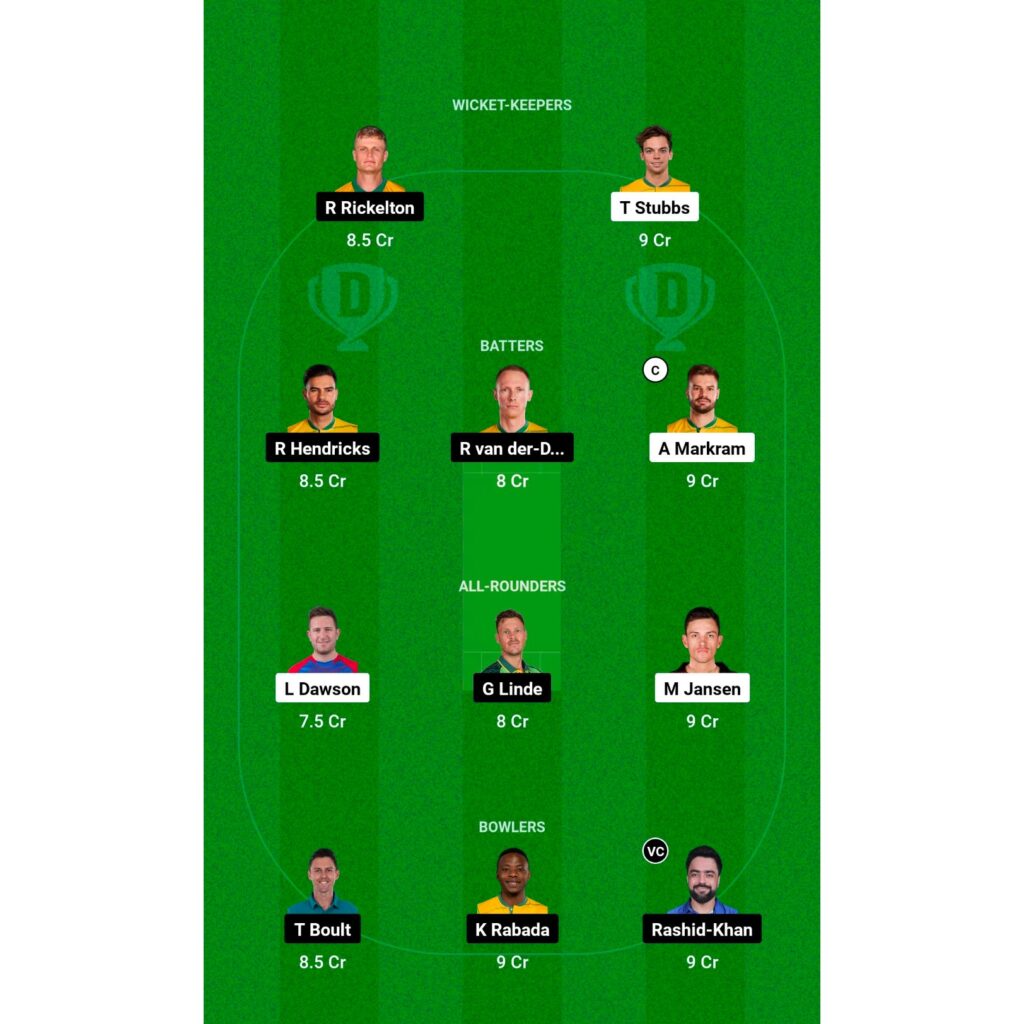Introduction: England’s Unstoppable Momentum
It was a night of fireworks, finesse, and full-throttle cricket as England once again showcased why they are still playing a huge role in defining modern T20 cricket. Against New Zealand, the English side brought the perfect blend of aggression and strategy — with Phil Salt’s blistering stroke play and Harry Brook’s calculated brutality leading the charge.

From the very first ball, it was clear this wasn’t going to be an ordinary T20 encounter. England’s intent was aggressive, fearless, and electric — a continuation of their white-ball revolution that has reshaped the format in recent years.
Phil Salt: The Firestarter
Phil Salt’s innings was a masterclass in controlled aggression. His ability to flick, pull, and drive with equal elegance made life miserable for the Kiwi bowlers.
The moment Matt Henry came steaming in with pace, Salt’s wrists worked like a whip — flicking one over midwicket for four. Each boundary was a statement: England weren’t just playing; they were dictating terms.
Salt reached his half-century in stunning fashion, striking boundaries with the kind of ease that’s become synonymous with England’s batting depth. His knock wasn’t just fast — it was fearless. Whether facing spin or pace, he seemed to have all the answers.
Jos Buttler: The Anchor and Aggressor
While Salt dominated one end, skipper Jos Buttler ensured there was no let-up in intensity. Known for his innovative shots, Buttler mixed calm singles with audacious boundaries, keeping the scoreboard ticking while allowing Salt to play freely.
His classic inside-out drives over extra cover and smart use of the crease against Michael Bracewell were a treat for purists. Buttler’s short but impactful innings added stability — a reminder of why he’s still one of the best finishers in world cricket.
Harry Brook: Power, Precision, and Pure Class
When Harry Brook walked in, the stage was perfectly set. With England already in a strong position, Brook’s role was clear — push the total beyond reach. And he did it with style.
Brook started watchfully, but once he got his eye in, he unleashed a brutal assault on the Kiwi bowlers. His lofted drives and flicks over fine leg were pure exhibition shots. The highlight came when he stepped down to Mitch Santner, clearing long-on with effortless timing.
Brook’s 70+ run knock was pure fireworks — 6s flying over the stands, fielders merely spectators. Every shot screamed confidence. It was the kind of innings that silences critics and electrifies fans.
New Zealand’s Struggle with Consistency
The Kiwis, known for their discipline and composure, seemed rattled early. Jacob Duffy tried variations, Matt Henry looked for swing, and Santner attempted to slow things down — but England’s batters had all the answers.
Fielding errors added to New Zealand’s woes. A dropped catch in the deep off Brook’s mistimed pull symbolized the kind of night it was for them — moments of opportunity slipping through their fingers.
Even when they managed breakthroughs, like dismissing Salt or Buttler, England’s depth ensured the momentum stayed one-sided.
England’s Strategic Brilliance
What stood out wasn’t just England’s batting firepower — it was their strategic intelligence. They attacked short boundaries, rotated strike against spin, and targeted bowlers who were struggling with rhythm.
When the run rate dipped slightly after the powerplay, they countered with aggressive intent — boundaries every over, pressure every ball. The communication between batters, especially between Salt and Brook, was exceptional.
It was a blueprint of modern T20 batting: calculated risk-taking backed by execution and trust.
Death Overs Carnage
As the innings entered the death overs, England exploded. Brook and Moeen Ali turned on the afterburners, punishing every loose delivery.
Even the experienced Jimmy Neesham and Kyle Jamieson couldn’t find answers. Yorkers turned into full tosses, slower balls disappeared into the stands.
By the end of 20 overs, England had posted a mammoth total — 220+ on the board — a total that screamed dominance and confidence.
New Zealand’s Chase: Hope Meets Reality
Chasing 220 is never easy, especially against England’s versatile bowling attack.
Tim Seifert tried to provide early momentum, but England’s new-ball bowlers — Chris Woakes and Luke Wood — were relentless. Woakes’ seam movement and Wood’s sharp pace pinned the Kiwis down.
Robinson and Mark Chapman showed flashes of resistance, with Chapman’s elegant flicks and drives momentarily reviving hope. But Rashid’s spin magic soon ended that illusion.
Adil Rashid: The Silent Destroyer
Rashid’s spell was pure artistry. Using drift, flight, and clever variations, he dismantled the Kiwi middle order. His wrong’un to dismiss Daryl Mitchell was textbook — pitching outside off, turning sharply, and hitting the pads.
He finished with four wickets, effectively killing the chase. His control and ability to outthink batters again highlighted why England’s spin department remains world-class.
England’s Fielding: Sharp, Safe, and Stunning
If there’s one thing that completes a champion side, it’s fielding — and England’s was near flawless.
Harry Brook’s catch under the swirling lights drew applause even from the opposition. Salt’s run-out from backward point reflected intensity and focus.
Every player was alert, backing up throws, cutting angles, and saving crucial runs — a reflection of a side that prides itself on professionalism.
New Zealand’s Late Fightback
Despite being outplayed, the Kiwis refused to surrender completely. Michael Bracewell and Jimmy Neesham added some late fireworks, hitting sixes and fours in the closing overs.
But by then, the required rate was astronomical. Every attempt to hit big brought a wicket — as Rashid and Jordan cleaned up the tail.
New Zealand’s innings folded below 180, giving England a comprehensive victory and sealing the series momentum.
Key Takeaways: England’s Dominance Continues
- Phil Salt’s Explosive Form:
His confidence and adaptability at the top are giving England the kind of starts that break oppositions early. - Harry Brook’s Game Awareness:
His ability to shift gears mid-innings makes him a match-winner every time he walks out. - Adil Rashid’s Experience:
His consistency and guile continue to win games in the middle overs — the true match-turning phase. - Team Cohesion:
England’s teamwork — from partnerships to field placements — shows why they remain among the best white-ball sides in the world. - New Zealand’s Missed Chances:
Dropped catches, inconsistent bowling, and lack of aggression with the bat cost them dearly.
Looking Ahead
With this victory, England not only asserted their dominance but also sent a message ahead of upcoming international fixtures — they are still evolving, still dangerous, and still playing a huge role in shaping the T20 landscape.
Their batting depth, bowling variety, and fearless approach have set new standards for others to follow. Whether it’s Salt’s aggression, Brook’s finesse, or Rashid’s tactical wizardry — this team continues to inspire.
As cricket fans, we’re witnessing an era where England doesn’t just win — they redefine how the game is played.
Conclusion
Cricket is often said to be a game of glorious uncertainties — but on nights like this, England make it look gloriously certain.
Their dominance over New Zealand wasn’t just about runs or wickets; it was about intent, clarity, and hunger. Even as other teams rebuild, England’s machine keeps running smoothly — efficient, ruthless, and breathtaking to watch.
They may have already conquered world titles, but nights like these remind us: England’s story in T20 cricket is far from over — they’re still playing a huge role in writing the game’s next chapter.


